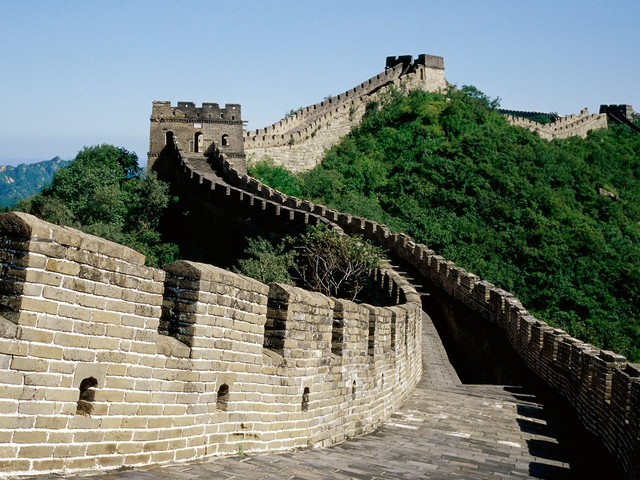2. What shapes the earth?
Below are the five themes of geography. What shapes the earth are the forces that are extraterrestrial, volcanic and tectonic activity, erosion, climate change and effects of mankind. RB The earth is shaped by five major themes. The first major theme which shapes the earth is location. There is either Relative Location or Absolute Location. Absolute Location is used when trying to find the exact location of something. To find the exact location of something, a map would be needed to determine the coordinates of the object by using latitude and longitude lines on the map. Latitude lines are the lines that run vertically along the map, while Longitude lines run horizontally along the map. Relative Location determines where something is in relation to places around it, or by referencing another known spot. An example of Relative Location would be saying that St. John's School is west of Lamar High School. Relative location refers to the ways that places are connected, whether it be by land, by water, or by technology.

The second major theme that shapes the earth is place. There are two types of place, Physical place and Cultural place. Physical place includes things in the environment such as landforms, climate, plants, and animals indigenous to the location. An example of Physical place would be Big Bend, which include all the features that make the place unique to others around it. Cultural place is the characteristics of the location that pertain to humans, such as language, religion, politics, way of life, and man-made things. Human characteristics of the land can be found within architecture, land use, town planning, communication, and transportation. Languages can help shape he character of a place. An example of Cultural Place would be the way the humans modify the land for our use, such as roads and bridges.

The third major theme that shapes the earth is interaction, or how we deal and are affected by the environment. Human and environment interaction focuses on how we respond and alter our environments. Many times, people need to either move or adjust their surroundings to survive, whether it be extreme cold, or extreme heat, or other things. How people change the environment depends on the attitude toward the natural setting, and the environment they obtain. Changes also depend on the cultural view of the people and the relationship that they have with the natural world. Some groups try to live off the land without making major changes, while others see the environment as a resource for humans to use as they please, such as cutting down forests to build houses.

The fourth major theme that shapes the earth is movement of things such as people, goods, and ideas between places. This means that events in other places can still have an effect beyond the local level. Movement is concerned with how people, animals, food, and ideas move around the earth. Interdependence is a reason for types of movement that occur in the world, such as trading. Interdependence means that no one cultural group is self sufficient, causing it to trade with other groups. This way of life dates back all the way to 220 BC, when the Great Wall of China was built to protect the Silk Road, which was a trade route traveled by Chinese and Europeans to trade with one another. When different cultures exchange goods, they are also exchanging ideas, causing each culture to benefit from one another.

The fifth, and final major theme that shapes the earth is region. A region is an area that is unified by some feature or a mixture of features. There are two types of regions, Physical and Cultural. A Physical region is a large area defined by the landforms, climate, plants, and animals. Each different Physical region is bound together by one or more similar characteristics. Cultural regions can be as small as a neighborhood, or as big as a nation. Cultural regions are determined by a common language or religion, and political or economic features.

Back to History 8 Archaeology Notes
Pictures obtained from:
Information obtained from:
Class lectures, and Manual pages 14-16
Hannah Cohen